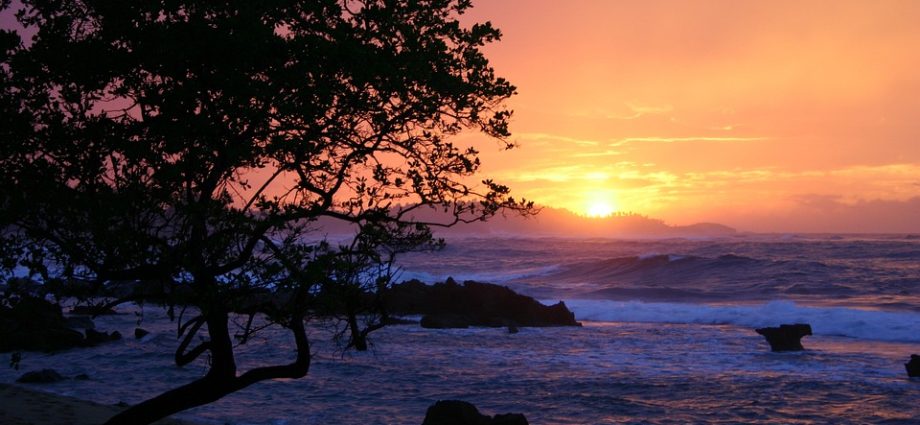The People of Puerto Rico: A Look at Their Culture and Traditions
Located in the Caribbean Sea, Puerto Rico is a melting pot of cultures and traditions. Its history and diverse population have created a unique culture that is deeply rooted in its Spanish and African heritage, as well as its relationship with the United States. The people of Puerto Rico are proud of their culture and traditions, and visitors to the island can experience them in a variety of ways.
History
Puerto Rico has a rich history that dates back to the times of the Taíno people, who were the island’s original inhabitants. The Taíno people were skilled farmers and fishermen, and their influence can still be seen in Puerto Rican food and music today. When the Spanish arrived in the late 15th century, they used the native population as labor in their quest for gold and other valuable resources. Over time, the Taíno population dwindled due to disease and forced labor, and the Spanish began to bring African slaves to the island to work the land. The mixing of these cultures gave birth to the language, food, and traditions that make up modern-day Puerto Rican culture.
Music and Dance
Music and dance are essential parts of Puerto Rican culture. Salsa, reggaeton, and merengue are popular genres of music that are often heard throughout the island. Salsa, in particular, is a type of music and dance that originated in Puerto Rico in the 1960s. The dance is a fusion of Cuban and African rhythms, and it is characterized by its fast footwork and intricate partner work. Visitors to the island can attend live music shows, take salsa classes, or simply dance the night away at one of the many local bars and nightclubs.
Food
Puerto Rican cuisine is influenced by its Spanish, African, and Taíno heritage. Rice and beans, known as arroz con gandules, is a staple dish that is often served with roasted pork or grilled chicken. Other traditional dishes include mofongo, which is made from mashed plantains and seafood, and tostones, which are fried plantain slices. Visitors to the island can try these dishes at local restaurants or at street food stands.
Language
The official language of Puerto Rico is Spanish, but English is also widely spoken. Many Puerto Ricans are bilingual, and visitors who don’t speak Spanish will have no problem communicating with locals. However, learning a few basic phrases in Spanish can go a long way in making connections with the locals and experiencing a more authentic cultural exchange.
Traditions and Festivals
Puerto Rico is known for its vibrant festivals and traditions. The Three Kings Day celebration, which takes place on January 6th, is a religious holiday that honors the three wise men who brought gifts to the baby Jesus. The celebration includes parades, music, and food. Another popular festival is the San Sebastián Street Festival, which takes place every January and features live music, food vendors, and street performers. Visitors can also attend the National Puerto Rican Day Parade, which takes place on the second Sunday in June in New York City.
FAQs
What is the best time of year to visit Puerto Rico?
The best time to visit Puerto Rico is from mid-April to June. The weather is warm and sunny, and crowds are manageable.
Do I need a passport to visit Puerto Rico?
No, U.S. citizens do not need a passport to visit Puerto Rico. However, all travelers must have a valid government-issued photo ID.
What is the currency in Puerto Rico?
The currency in Puerto Rico is the U.S. dollar.
What is the legal drinking age in Puerto Rico?
The legal drinking age in Puerto Rico is 18.
Top 10 Tourist Attractions in Puerto Rico
1. El Yunque National Forest – a beautiful rainforest with hiking trails and waterfalls
2. Old San Juan – a historic district with colorful buildings, cobblestone streets, and a beautiful fort
3. Bioluminescent Bay – a natural wonder where the water glows at night due to bioluminescent organisms
4. Castillo San Felipe del Morro – a 16th-century fort with stunning views of the San Juan Bay
5. La Fortaleza – the official residence of the Governor of Puerto Rico
6. Isla Verde Beach – a popular beach destination with plenty of water activities and views of the city skyline
7. Cueva Ventana – a beautiful limestone cave with a stunning view of the Río Grande de Arecibo valley
8. Museum of Art of Puerto Rico – a museum with a collection of over 1,000 pieces of Puerto Rican art
9. Rio Camuy Caves – a network of caves with underground rivers and waterfalls
10. Arecibo Observatory – a world-famous radio telescope and a popular tourist destination.
In conclusion, Puerto Rico is a beautiful and culturally rich destination that offers visitors the chance to experience a unique blend of Spanish, African, and Taíno heritage. From music and dance to food and festivals, there’s something for everyone on this vibrant island. Whether you’re interested in outdoor activities or cultural exploration, Puerto Rico is a must-visit destination for any traveler.
